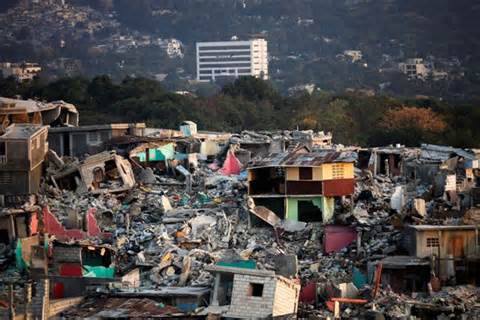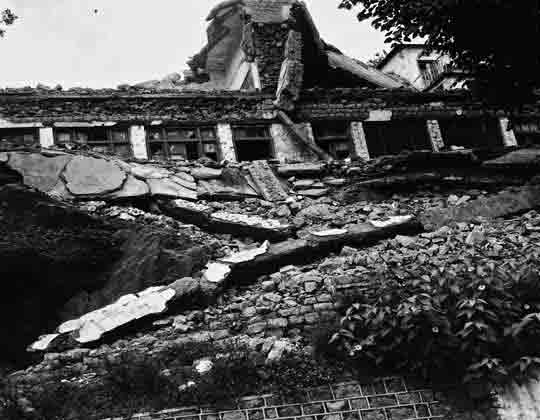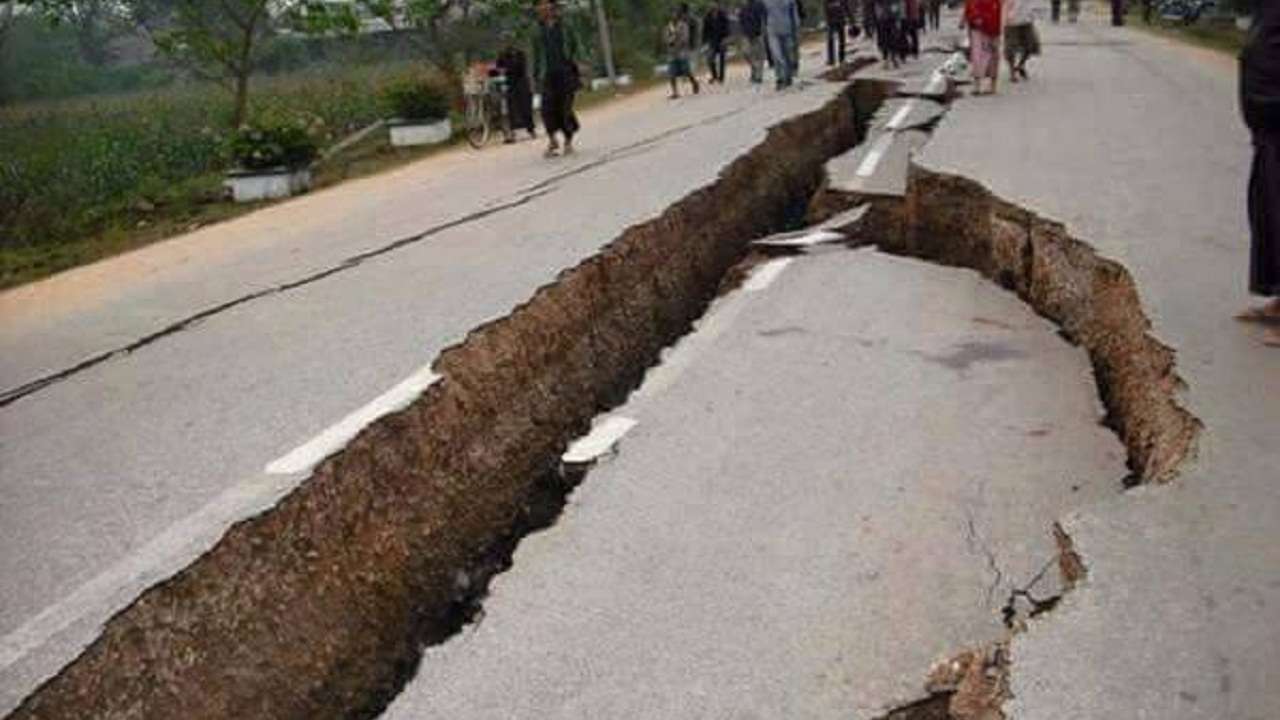
The theory, first advanced by Alfred Wegener, that Earth's continents were originally one land mass.

Composed of particles that are not easily separated. The concluding train of seismic waves that follows the principal waves from an earthquake. Magnitude of an earthquake as estimated from the amplitude of body waves.Ī fault along which it is mechanically feasible for sudden slip to occur.Īn earthquake with a size and generating mechanism typical for a particular fault source. (Also Wadati-Benioff zone.)Ī deep crustal thrust-fault with no or only indirect surface expression such as a fold structure.Ī seismic wave that can travel through the interior of the earth. The reduction in amplitude of a wave with time or distance travelled.Īn area of fault surface that is resistant to slip because of geometrical or structural changes.Ī narrow zone, defined by earthquake foci, that is tens of kilometers thick dipping from the surface under the Earth's crust to depths of up to 700 kilometers. The layer below the lithosphere that is marked by low seismic-wave velocities and high seismic-wave attenuation. Roughness on the fault surface posing local resistance to slip. Also used to indicate an area with no record of earthquakes: an aseismic zone. Not associated with an earthquake, as in aseismic slip. The time at which a particular wave phase arrives at a detector. The appearance of seismic energy on a seismic record. The maximum height of a wave crest or depth of a trough.Īn ordered arrangement of seismometers or geophones, the data from which feeds into a central receiver. Depending on the size and depth of the earthquake, aftershocks may occur for many months after the mainshock however, the rate of aftershock activity dies off quickly with time. For great earthquakes (M=8), aftershocks may occur over hundreds of kilometres. Aftershocks occur in the same general region as the "mainshock" and result from readjustments of stress at places along the fault zone.


location of transform fault or subduction zone).Īn earthquake that occurs after a "mainshock" (or larger earthquake). A type of seismograph used to measure ground acceleration as a function of time.Ī fault along which slip has occurred in recent geological time, orĬontinental margin characterized by earthquakes and volcanic activity (i.e.


 0 kommentar(er)
0 kommentar(er)
